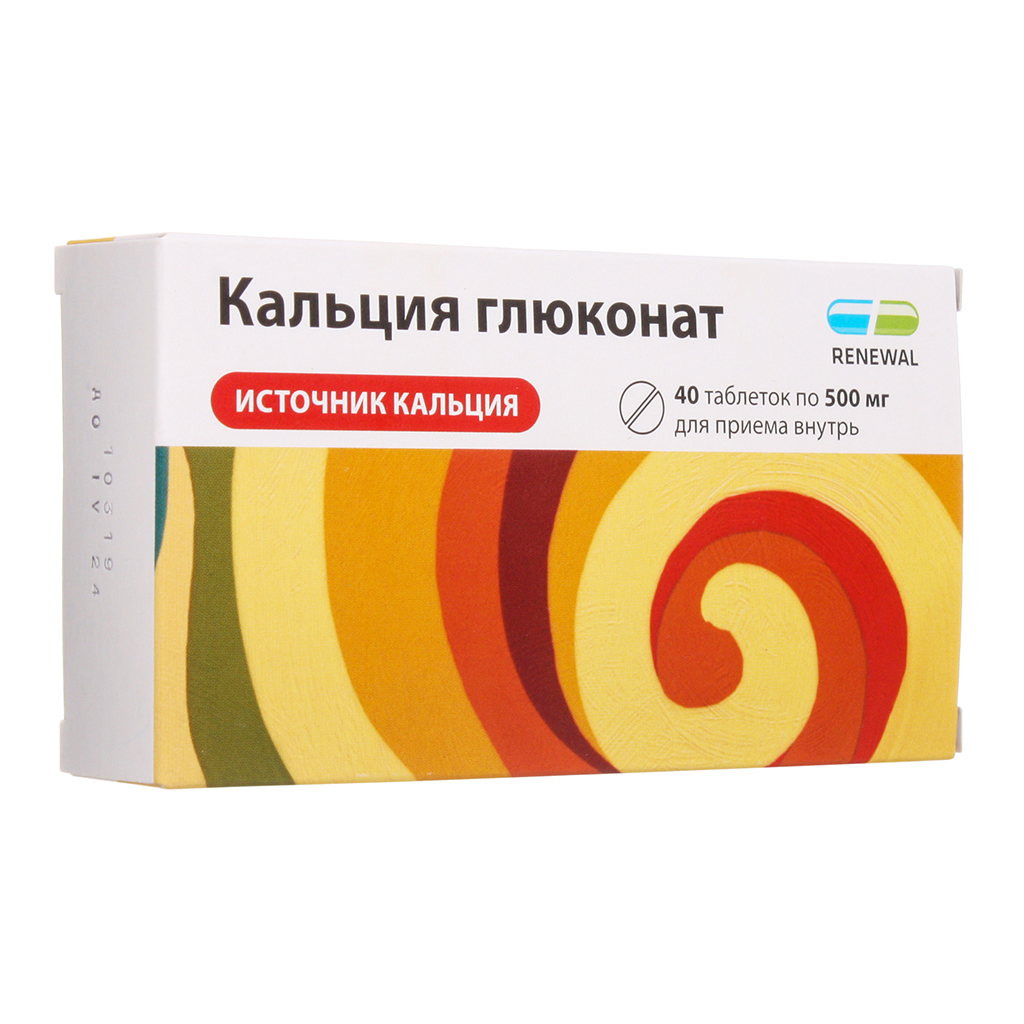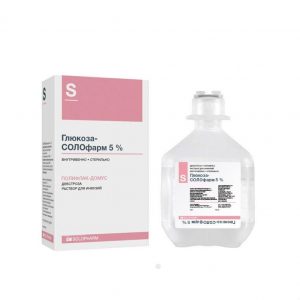Description
Pharmacological action
Pharmacodynamics
Calcium ion preparation, replenishes the deficiency of calcium ions necessary for the transmission of nerve impulses, reduction of skeletal and smooth muscles, bone formation of myocardium, and myocardial activity. .
Pharmacokinetics
Approximately 1 / 5-1 / 3 of the calcium ingested gluconate is absorbed in the small intestine. This process depends on the presence of vitamin D, pH, dietary habits and the presence of factors that can bind calcium ions.
The absorption of calcium ions increases with its deficiency and diet with a reduced content of calcium ions. About 20% is excreted by the kidneys, the rest (80%) by the intestine (actively excreted by the wall of the terminal section of the gastrointestinal tract).
Indications
Hypofunction of the parathyroid glands (latent tetany, osteoporosis), impaired vitamin D metabolism: rickets (spasmophilia, osteomalacia), hyperphosphatemia in patients with chronic renal failure.
A condition accompanied by an increased need for calcium (pregnancy, unbalanced and malnutrition).
Chronic intoxication with magnesium salts, oxalic and hydrofluoric acids and their soluble salts (when interacting with calcium gluconate, insoluble salts and non-toxic calcium oxalate and calcium fluoride are formed).
Hyperkalaemic form of paroxysmal myoplegia.
Contraindications
Hypersensitivity to the drug, hypercalcemia (calcium concentration should not exceed 12 mg% = 6 mEq / l), hypercalciuria, nephrourolithiasis (calcium), sarcoidosis, intoxication with cardiac glycosides (risk of arrhythmias), severe renal failure, tendency to thrombosis.
Children under 5 years old.
Composition
Per tablet:
active substance:
calcium gluconate monohydrate – 0.5 g
excipients:
potato starch – 0.0194 g,
talcum powder – 0.0053 g,
calcium stearate – 0.0053 g
Dosage and administration
Inside, before or after 1-1.5 hours after eating (with milk), adults – 1-3 g (2-6 tablets) 2-3 times a day.
Children from 5 to 6 years old – 2-3 tablets (1-1.5 g) from 7 to 9 years old – 3-4 tablets (1.5-2 g) from 10 to 14 years old – 4-6 tablets (2-3 g).
Take 2-3 times a day.
Side effects
Allergic reactions, constipation, irritation of the gastrointestinal mucosa, nausea, vomiting, diarrhea, pain in the upper abdomen.
Drug Interactions
Reduces the pharmacological effects of “slow” calcium channel blockers.
When used simultaneously with quinidine, intraventricular conduction may be slowed and quinidine toxicity may increase.
Slows down the absorption of tetracyclines, digoxin, oral iron preparations (the interval between their doses should be at least 2 hours), when combined with thiazide diuretics, it can enhance hypercalcemia, reduce the effect of calcitonin in hypercalcemia, and reduce the bioavailability of phenytoin.
Overdose of
Symptoms: hypercalcemia.
Treatment: to eliminate it, 5-10 IU / kg / day of calcitonin is administered (diluting it in 0.5 l of a 0.9% sodium chloride solution).
Duration of administration of 6 hours.
Terms of delivery from
pharmacies Over-the-counter
dosage form
tablets


